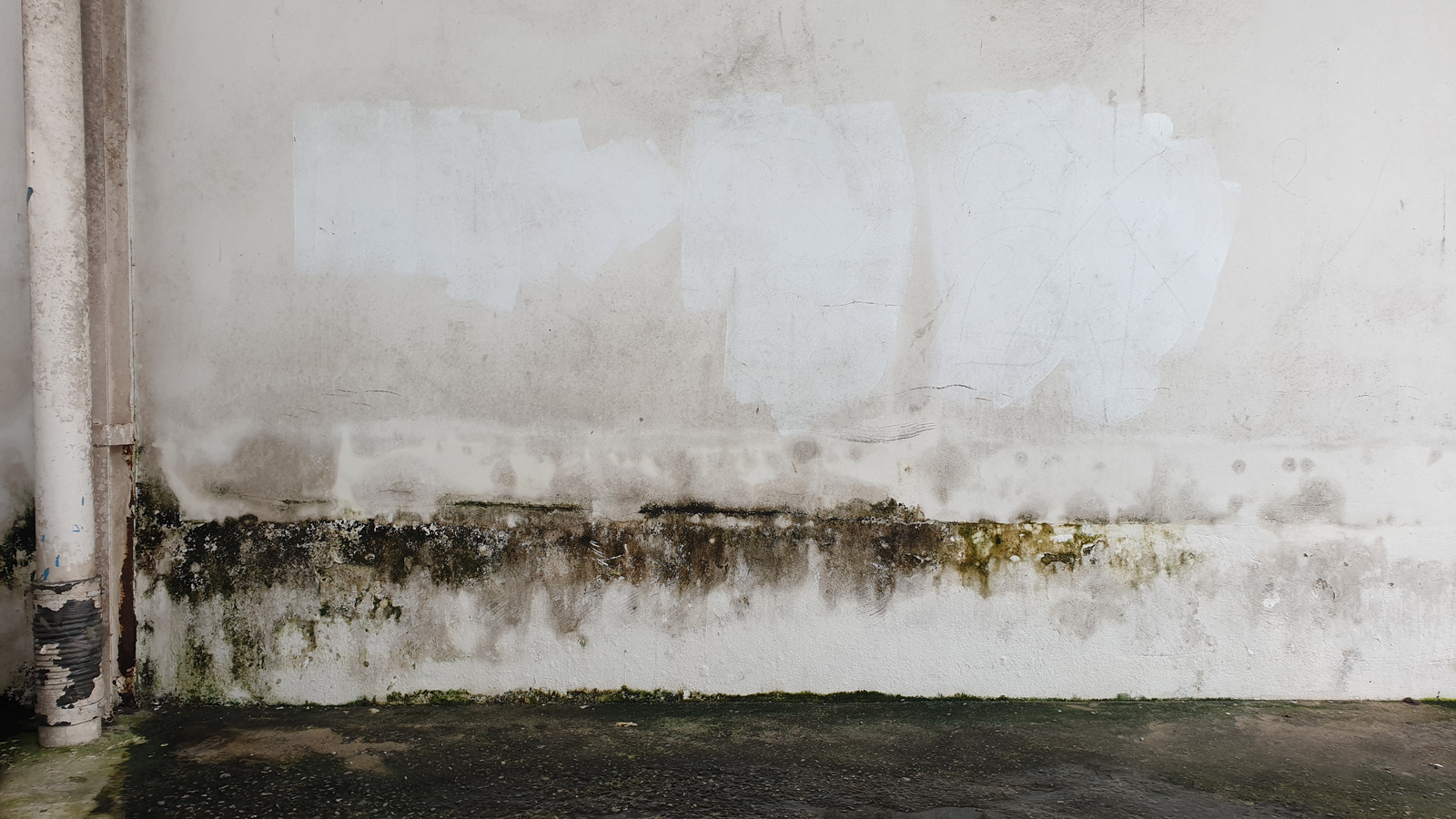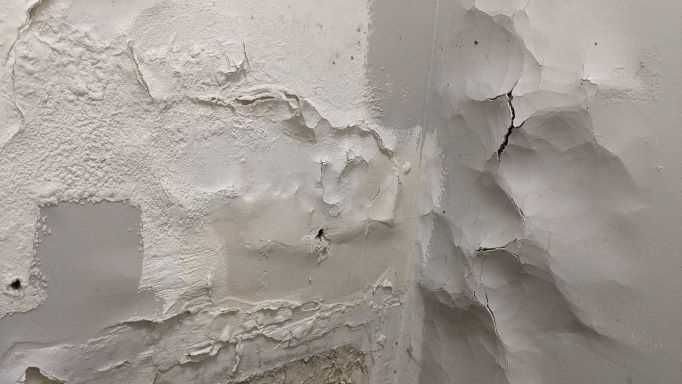We've noticed this great article about How to Remove Water Stains from Walls and Ceilings directly below on the internet and felt it made good sense to talk about it with you on this page.

Water spots on wall surfaces are not positive to the eyes. In some cases it seems practically unpreventable to experience water discolorations on wall surfaces in homes.
Home owners living in moist regions continuously deal with the concern of water spots on walls. With exact as well as all-around details on the reasons of water spots as well as prompt repair procedures, you will certainly always be a step in advance of such occurrences.
3 Usual Sources Of Water Spots on Walls
Unlike common belief, water discolorations on wall surfaces do not constantly originate from inadequate structure products. There are numerous sources of water stains on wall surfaces. These include:
Damp
When warm wet air consults with dry chilly air, it causes water beads to form on the wall surfaces of buildings. When there is steam from food preparation or showers, this occurs in shower rooms and kitchen areas. The water beads can stain the bordering walls in these parts of your home as well as infect other locations.
Wet or condensation impacts the roof covering and walls of structures. When the wall surface is damp, it creates an appropriate setting for the development of fungi as well as microbes.
Poor Drain
This will certainly protect against water from seeping into the walls. This web links to excessive moisture that you observe on the wall surfaces of your building.
The leading reason of wet walls, in this instance, can be an inadequate drainage system. It can additionally be because of poor management of sewer pipes that run through the structure.
Pipe Leaks
Many homes have a network of water pipelines within the walls. It constantly raises the feasibility of such pipelines, as there is little oxygen within the walls.
Yet, a drawback to this is that water leakage affects the wall surfaces of the structure and causes prevalent damages. An indication of faulty pipelines is the appearance of a water stain on the wall surface.
Pro Suggestion
A houseplant in your home additionally raises its moisture. So, if the house is currently damp, you may want to present houseplants with marginal transpiration. An example of suitable houseplants is succulents.
Water Discolorations on Wall: Fixing Tips
When dealing with water stains, home owners would normally want a fast fix. Yet, they would quickly understand this is disadvantageous as the water discolorations persist. Below are a few valuable ideas that will certainly guide you in the fixing of water discolorations on walls:
Final thought
Although no one intends to have water spots on walls in their residence, it can happen to the very best people. This write-up gives you utilize, as you now understand just how to manage this accident if it does take place.
It is always best to hire specialist solutions to aid take care of the damages in your home.
Occasionally it appears almost unavoidable to experience water stains on walls in residences.
In contrast to preferred belief, water stains on wall surfaces do not constantly stem from bad building products. There are numerous causes of water discolorations on wall surfaces. The water beads can stain the bordering wall surfaces in these components of your home and spread to other locations.
Right here are a couple of helpful tips that will assist you in the repair work of water stains on walls:
How to Fix Water Stains On Walls
Water stains on walls aren’t something anyone enjoys to look at in their home. It might seem like an easy option to just paint over the stain, but it will take more than that. It’s very important to determine if there is an ongoing problem causing the stain, and fixing that before you go any further. If you don’t follow the steps, you could have more problems down the line.
Solve the Underlying Issue
Water stains on walls are a big sign of water damage. Seeing this is your signal to find out where the water could be coming from. Most likely this is due to a leak somewhere in your plumbing, but there could be other causes. These problems can be from somewhere outside your home as well. If you can’t determine where the leak is coming from, call your local plumber to find the leak and repair it.
Here are some common reasons water damage can occur:
Plumbing failures Construction failures Natural events Appliance failures Dry the Area
Once you’ve fixed the underlying problem, you need to make sure the area is completely dry. You can do this using dehumidifiers and fans. Place the dehumidifier on the highest setting in between two fans. Depending on how large the stain is, it can take hours to completely dry. Even if the wall only feels a little damp, it’s still important to fully complete the drying process. If you’re in count, go ahead and allow the fans and dehumidifier to run overnight.
Remove Loose Material
Water stains on walls may be covering more damage than what you can see. Use a painter’s knife or a putty knife to scrape away at any loose paint or material from the wall. If the damage is minor, you will just be scraping away at the layers of paint. If the damage is more prominent, you may need to scrape away deeper into the wall to remove all the damaged material.
Clean the Area With Bleach
Once you’ve removed all the damaged material and the water stains from the walls, use a bleach mixture to sanitize the area. If it’s not sanitized, it can lead to mold. Carefully wipe down the area to avoid letting bleach drip onto your floors or furniture. Make sure when you are cleaning the area to get into every crevice to ensure mold will not be able to grow. After you have done this, allow it to air dry completely before moving to the next step.
Repair the Wall if Needed
Now that the area is cleaned, it’s time to repair the wall. If you had to scrape away at more than just the paint on the wall, you will need to use drywall mud to fill in any cracks, dents, or crevices. Use your painter’s knife to smooth it over and let it dry. Use some sandpaper to sand it down to make it even with the wall. If you need to do a few layers, that’s completely fine. Just make sure to allow it to dry between each layer.
https://www.1tomplumber.com/how-to-fix-water-stains-on-walls/

Do you like reading about How to Find and Repair Water Leaking in the Wall? Try leaving feedback down below. We'd be glad to hear your thoughts about this review. We hope to see you back again before long. Loved our piece of writing? Please share it. Let others locate it. Thanks for your time. Visit again soon.
Ring for results!